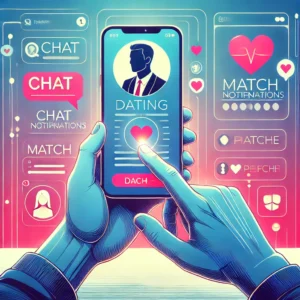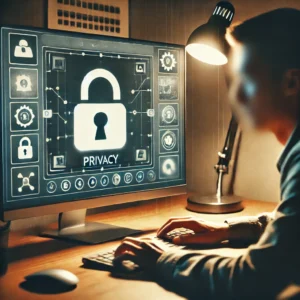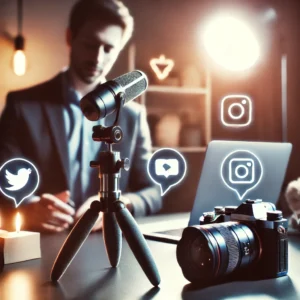
Setting the Stage: The Digital Conundrum of Sharing
The convenience of the internet and social media platforms has simplified the act of sharing to a mere click of a button. While it empowers us to disseminate ideas, creations, and inspirations, it also walks a fine line that intersects with legal boundaries—specifically, copyright laws. This exploration aims to serve as your compass through this intricate maze, elucidating what you can and can’t share online.
The Framework: Understanding Copyright
Copyright is an intellectual property law that grants the creator of an original work exclusive rights to its use and distribution. According to the Intellectual Property Office, in 2019, the UK creative industries contributed £115.9 billion to the economy, emphasising the gravity of intellectual property rights. It’s not merely a legal concept but also a cornerstone of innovation and creative expression.
The Thin Red Line: Copyright Infringement
When you use someone else’s copyrighted work without permission or fair justification, you’re entering the murky waters of copyright infringement. Penalties can range from hefty fines to legal action and even imprisonment in severe cases.
10 Instances Where Sharing Is Lawful
- Fair Use: Limited usage for commentary, criticism, or educational purposes.
- Public Domain: Works whose copyright has expired or never existed.
- Creative Commons: Content explicitly made free to use by the creator.
- Stock Photos: When purchased or available under free license.
- Direct Sharing: Platforms where a share button is provided (yet, this is subject to specific platform rules).
- Attribution: When the creator specifies that sharing is allowed with proper credit.
- Parody: Recreations that poke fun at the original work.
- Personal Use: When sharing occurs within a restricted circle and isn’t commercially exploited.
- Government Publications: Typically free from copyright laws.
- Quotes: Short excerpts, provided they are attributed correctly.
Danger Zones: What Not to Share
- Watermarked Content: Explicitly states that it is copyrighted.
- Commercial Music: Albums, singles, or any form of copyrighted music.
- Books and Articles: Full-length or significant portions.
- Movies and TV Shows: Unless it falls under public domain or has a free license.
- Software: Sharing cracked or pirated versions is illegal.
- Photographs: Unless it’s your own, public domain, or you have explicit permission.
- Art and Illustrations: Again, without explicit permission or a free-to-use license.
- Paid Courses and Educational Material: Highly illegal and can result in severe penalties.
- Proprietary Research and Data: Especially sensitive in academic and corporate settings.
- Social Media Posts: Even though it’s public, it’s still copyrighted.
Maneuvering Through the Fine Print: Best Practices
When in doubt, always consider these:
- Always Attribute: Give credit where it’s due.
- Seek Permission: A little courtesy goes a long way.
- Read Licenses: Even ‘free-to-use’ often has caveats.
- Use Your Judgement: If it feels wrong, it probably is.
Bringing the Exploration to a Close: A Call for Responsible Sharing
While the internet might give you the deceptive feeling of being a lawless frontier, remember it’s anything but that. Copyright law exists not just as a restriction but as a guardian of creativity, urging us to become more responsible digital citizens. Next time you hover over that ‘share’ button, pause for a moment and consider the ramifications. Your choice could either uphold the sanctity of intellectual property or mar it.







